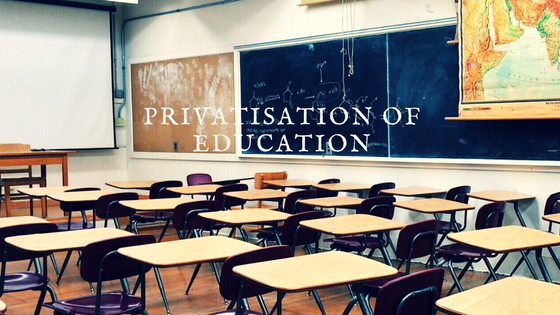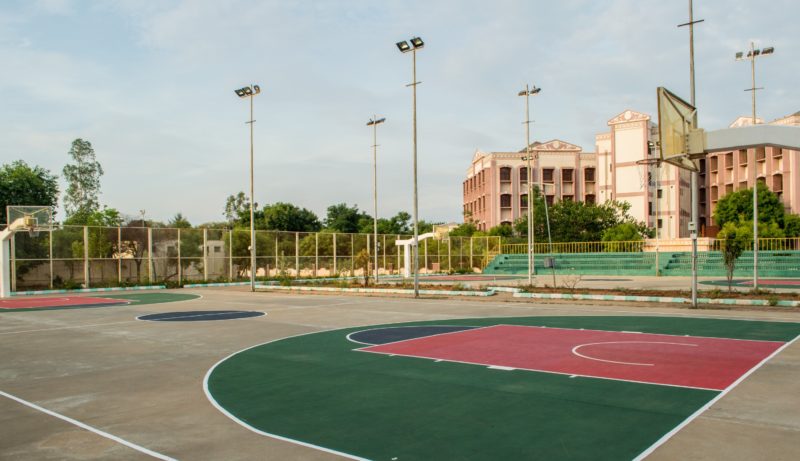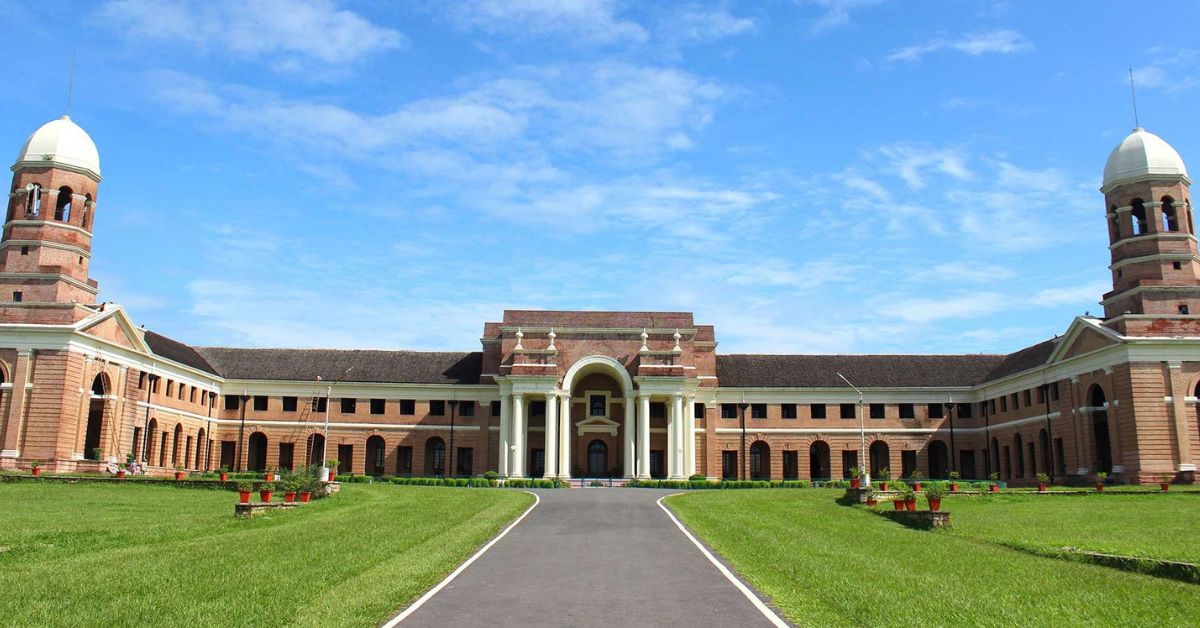Since the past few decades, Indian economy has undergone consequential policy alteration and introduces a new model of economic reforms, commonly known as LPG i.e. Liberalisation, Privatisation and Globalization. This set of reforms was brought in to help India grow better and communize with the other bigger economies of the world. Out of all, Privatisation has brought about breakneck changes in the educational sector, which has impacted our society in both positive and negatives ways. Privatisation has enabled the private parties such as individual organisations, religious institutions and other non government bodies to acquire the education industry and encourage them to accommodate to the growing demand of education across the country. There is no denying to the fact that privatisation has provided a whole new dimension to the education sector and also it has lifted our literacy rate from 48.2% in 1991 to 71.96% in 2015 and 86.2% in 2022 . Read this article to know about Privatisation of Education – Advantages and Disadvantages. Also find Schools in India both Private and Government.
Also Explore
- Best Boarding Schools in India 2025 ranking
- AI Powered Smart Search NCERT - For Doubt Clarifications, Notes, Homework etc..
Advantages of Privatisation of Education
Private stakeholders ranging from individual entrepreneurs and religious organizations to corporate trusts and international education chains - have increasingly entered the education space, filling gaps in accessibility, infrastructure, and innovation. There are many things that privatisation has contributed positively to our society, which includes following:
1. Accessible Education
There is a massive increase in the number of schools and educational institutions across the country. Education is now easily accessible to those who can afford to pay the school fees. Private institutions have proliferated across urban, semi-urban, and certain rural pockets, reducing the physical barriers to education According to Unified District Information System for Education Plus (UDISE+), over 47% of all school students in India now attend private institutions.
2. Improved Infrastructure
Undoubtedly, private sector has made remarkable infrastructure changes and has replenished state of the art framework. Top-tier Private schools often feature state-of-the-art campuses, digital classrooms, libraries, sports complexes, and advanced laboratories.
3. Advanced teaching and Student Centric Teaching Methods
They have introduced modern techniques of teaching, which helps children in better learning and increase their performance. Various modern education technology includes tabs and other gadgets, classflow, etc. Privatised education institutions are more adaptive to edtech innovations such as:
- Smartboards and AI tutors
- Digital learning platforms
- Gamification in classrooms
- Personalised learning systems based on data
4. Liberty to choose institution:
Increase in number of schools and colleges have provided parents with a variety of options to choose from. They can choose based on curriculum (CBSE, ICSE, IB, IGCSE).
5. Extracurricular activities:
Every private school nowadays comes up with new and interesting activity ideas that help a child to learn new things and become active in all aspects.
6. Competitive Momentum and Innovation:
The rise of private schools fosters competition, pushing public schools to upgrade infrastructure, adopt modern pedagogy, and enhance accountability
7. Reduced Strain on Public Finances
Given India's relatively low public spending on education - around 4-4.6% of GDP. Private investment helps shoulder the financial burden and reduce the pressure on state budgets
Disadvantages of Privatisation of Education
Despite of many constructive contributions, there are many facets that have doomed our education sector.
1. Disparity in public and private schools :
Private sector has raised the bars of their school standards too high that government schools are unable to match up to their benchmarks. There’s a big divide between private and public schools in terms of facilities, teacher-student ratio, and outcomes.
2. Pricey Fee Structures :
Modern schools have set their school fees upscale that it is difficult for parents with meagre income to bear those and thus restricts their child’s admission to such schools. Private schools increased fees arbitrarily, and many students dropped out due to nonpayment. Some private schools charge exorbitant fees - ranging from ₹2 to ₹8 lakhs annually for nursery/kindergarten classes, where children are merely beginning to learn basic literacy, such as the alphabet.
3. More of a Business - Commercialisation of Education
The focus of private schools has shifted from providing education to earning money. This can be very well clarified from the higher donations demanded for admission of even a bright child by such institutions apart from the pricey fee structure. Some schools demand capitation fees or donations ranging from ₹50,000 to ₹5 lakhs, even before admission. This has resulted in economic strain for middle and lower-income families.
Education is increasingly treated as a profit-driven business. The focus shifts from imparting knowledge to maximising revenue.
4.Quality Concerns in Low-Fee Private Schools
Low‑fee private schools, while accessible, often operate with untrained teachers, substandard infrastructure, and rote methodologies -not necessarily delivering better learning outcomes
According to a report by ASER (Annual Status of Education Report), many students in private schools still perform below grade level in basic reading and arithmetic.
5. Discrimination :
In order to maintain a standard, these institutions strictly avoid admission of people from poor families (which is obvious from their high prices), and thus such children are deterred from procuring education from private schools of such standards.
6. Lack of trained teachers
Quality of education is a complex issue and is difficult to measure and it has not been certain of any specific method that can provide quality education. Some schools are unable to provide the standardised education due to lack of trained teachers. They are unable to provide the quality education on the uninterrupted basis.
7. Accessibility Gap for Marginalized Communities
Enrollment data reveal alarming disparities: private school participation among Scheduled Tribes (ST) sits at just 12.7%, far below other groups. Dalit and Adivasi families often face financial barriers-it can cost over 20–27% of household income to send a child to a private secondary school.
8. Lack of Regulation and Oversight
Many private schools operate with minimal oversight, leading to:
- Arbitrary fee hikes
- Unjustified penalties
- Discriminatory admission policies
In many cases, regulatory bodies have failed to enforce norms around teacher qualifications, fee transparency, and student welfare.
Though privatisation have made considerable contributions and alternatives in education sector but it does uplift the burden of public schools and also do not comply with Human rights regulations. It is observed that it has intensified the sector by introducing complex infrastructure and modern techniques of teaching. It has raised a need to monitor the schools on the basis of equality, monetary demands and to maintain human rights regime.
Privatisation must not come at the cost of equity, inclusiveness, and quality.









Be the first one to comment on this story.